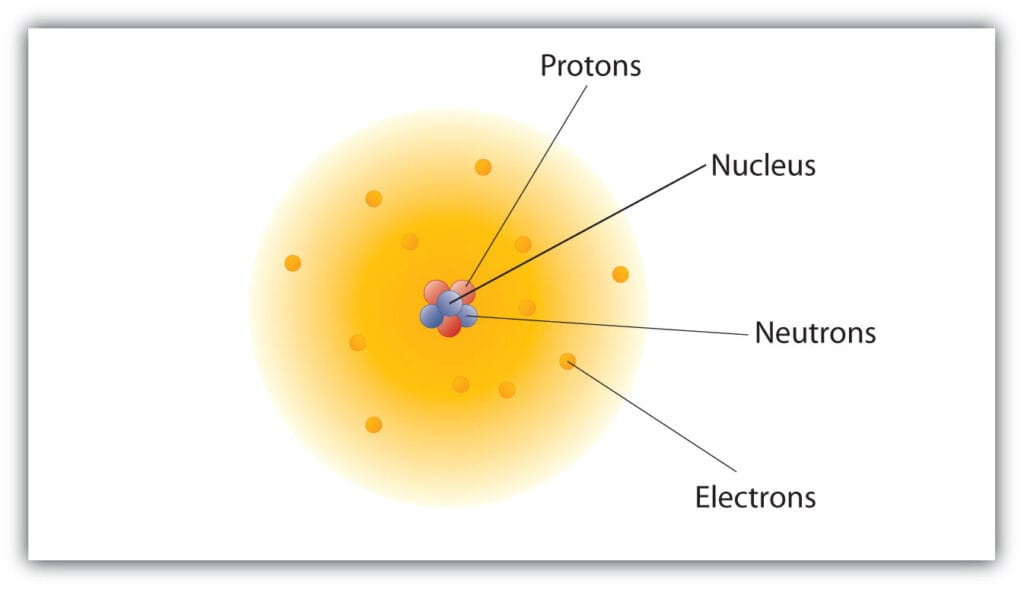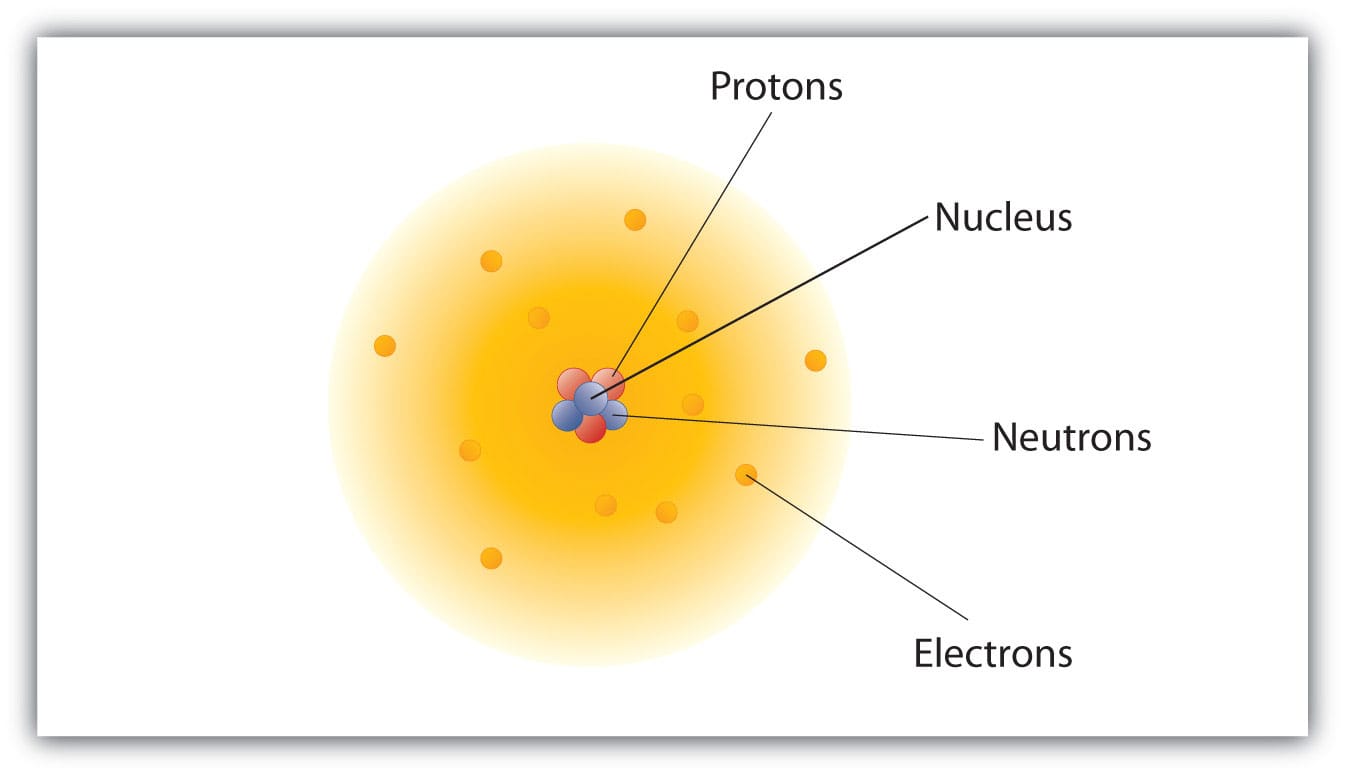Atomic theory is a scientific theory that matter is composed of tiny particles called atoms. The theory derives from the ancient philosophical tradition known as atomism. According to this theory, if a lump of matter were cut into ever smaller pieces, it would eventually reach a point where the pieces could not be cut any smaller.
Atomic theory in chemistry and physics explains how our understanding of the atom has evolved over time. Atoms were once thought to be the tiniest pieces of matter on the planet. However, atoms are now known to be composed of protons, neutrons, and electrons.

These ancient concepts have no place in modern atomic theory. In the early nineteenth century, the scientist John Dalton noticed that chemical elements seemed to combine with each other by discrete units of weight, so he coined the term “atom” to refer to these units, believing them to be the fundamental units of matter.
There are different models of atomic theory, such as Dalton’s atomic theory, which states that all matter is formed of atoms that are indivisible and invisible particles.
Some experiments that led to the development of atomic theory
There were many experiments that led to the development of atomic theory. Here are a few examples:
- J.J. Thomson’s experiments with cathode ray tubes showed that all atoms contain tiny negatively charged subatomic particles or electrons. Thomson proposed the plum pudding model of the atom, which contained negatively charged electrons within a positively charged “soup.”
- Rutherford’s gold foil experiment showed that atom is mostly empty space with a tiny, dense, positively-charged nucleus. Based on the results, Rutherford proposed the nuclear model of the atom.
- Rutherford experiment with alpha particles shot at a thin gold foil resulted in the Rutherford model of the atom (Orbital Model). This model depicted an atomic model with nearly all its mass, and positive charge, in a central nucleus about 10,000 times smaller than the atom itself.

What is Plum Pudding ?
The plum pudding model is a model of atomic structure proposed by J.J. Thomson in 1904. According to this model, the atom is a sphere of positive charge with negatively charged electrons embedded within it like raisins in a pudding.
Thomson’s model was based on his discovery of the electron and his belief that atoms were made up of a uniform positive charge with electrons scattered throughout it. The model was later disproved by Rutherford’s gold foil experiment, which showed that the atom has a small, dense nucleus at its center.
What is Rutherford’s gold foil experiment ?
Rutherford’s gold foil experiment was a landmark experiment in the history of atomic physics. In this experiment, Rutherford and his colleagues fired alpha particles at a thin sheet of gold foil. They expected the alpha particles to pass straight through the foil or be slightly deflected by it. However, they observed that some of the alpha particles were deflected at large angles, and some even bounced back in the direction from which they had come.
Based on these results, Rutherford proposed that atoms have a small, dense nucleus at their center that contains most of the atom’s mass and positive charge. The electrons orbit around the nucleus like planets around the sun.

What is the nuclear model of an atom ?
The nuclear model of an atom is a model of atomic structure proposed by Ernest Rutherford in 1911. According to this model, the atom has a small, dense nucleus at its center that contains most of the atom’s mass and positive charge. The electrons orbit around the nucleus like planets around the sun.
Rutherford’s model was based on his gold foil experiment, which showed that some alpha particles were deflected at large angles, and some even bounced back in the direction from which they had come. Based on these results, Rutherford proposed that atoms have a small, dense nucleus at their center.
Some common misconceptions about atomic theory
There are several common misconceptions about atomic theory. One common misconception is that atoms can be seen with a microscope. While it’s true that atoms are very small, they are still too small to be seen with a microscope.
Another common misconception is that electrons orbit the nucleus like planets around the sun. In reality, electrons exist in “clouds” around the nucleus, and their exact location cannot be determined.
A third common misconception is that atoms are indestructible. In fact, atoms can be broken down into smaller particles through nuclear reactions.
Other articles:



